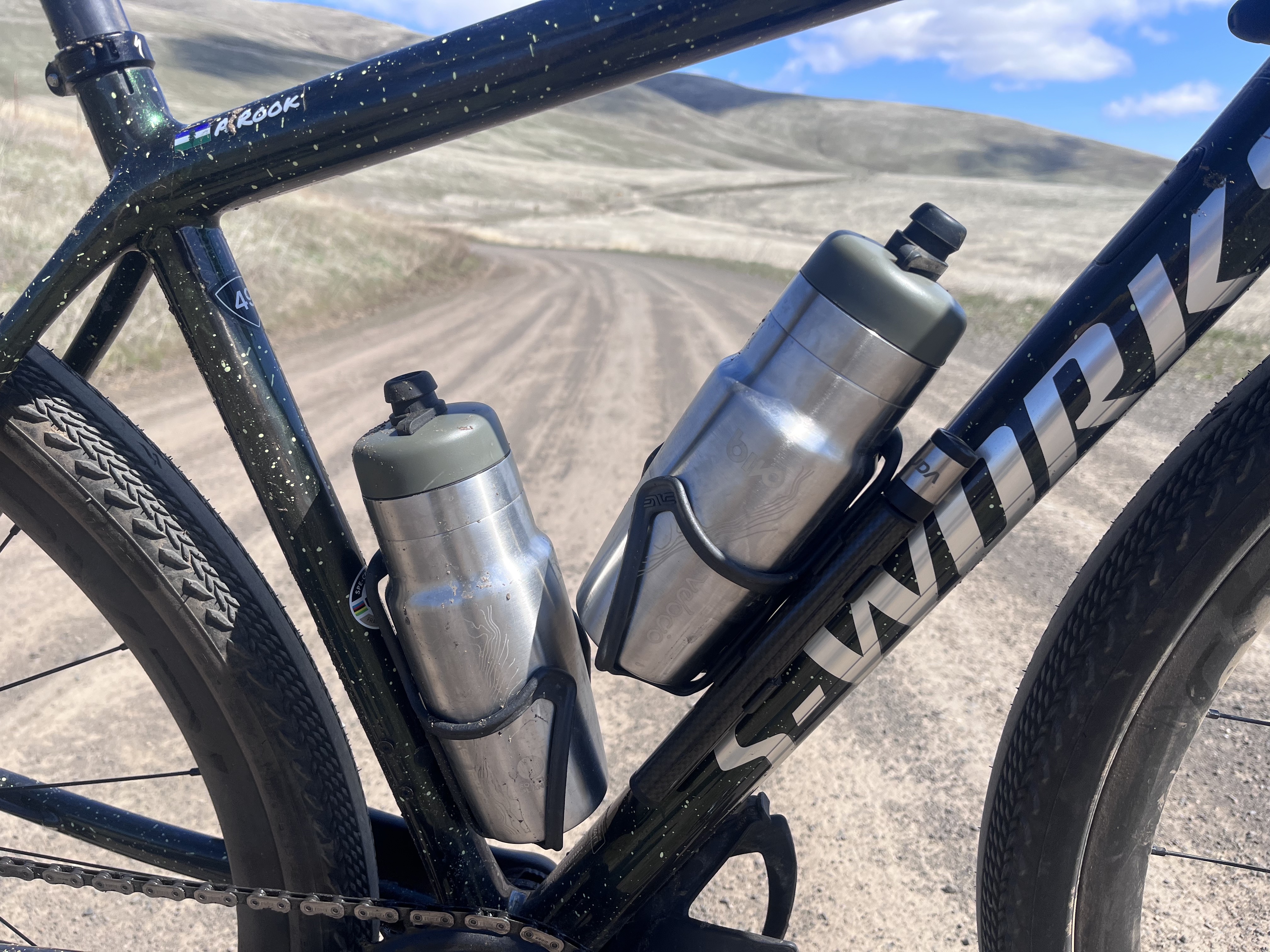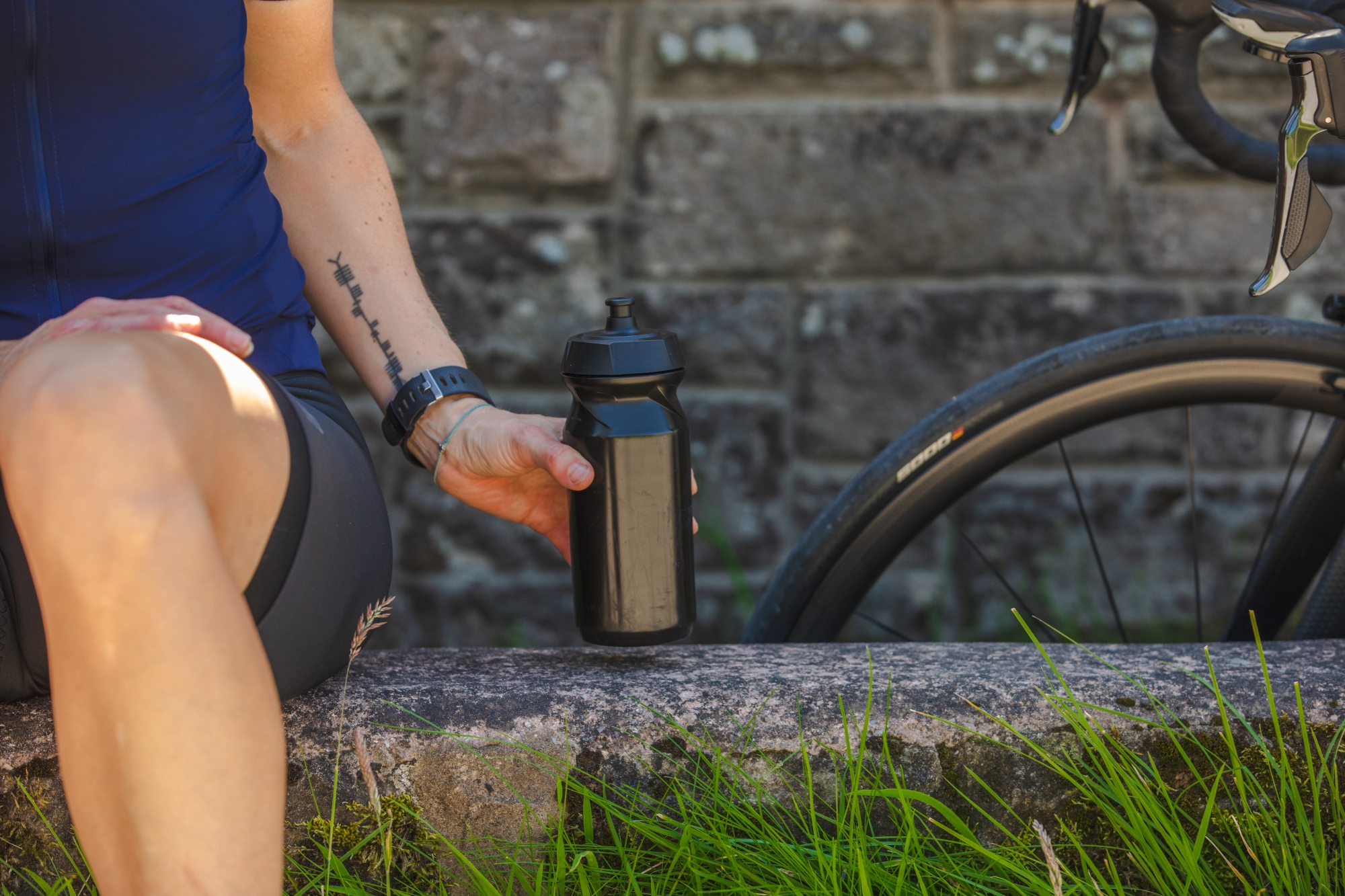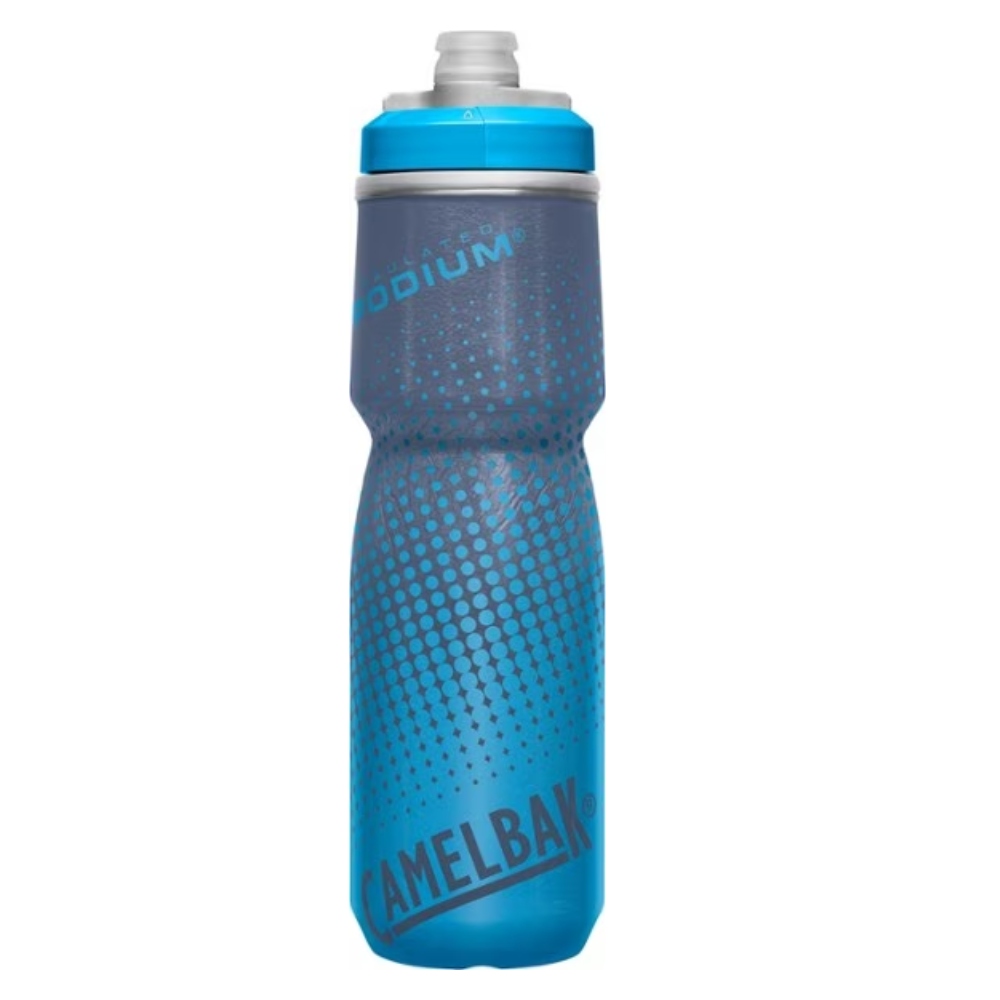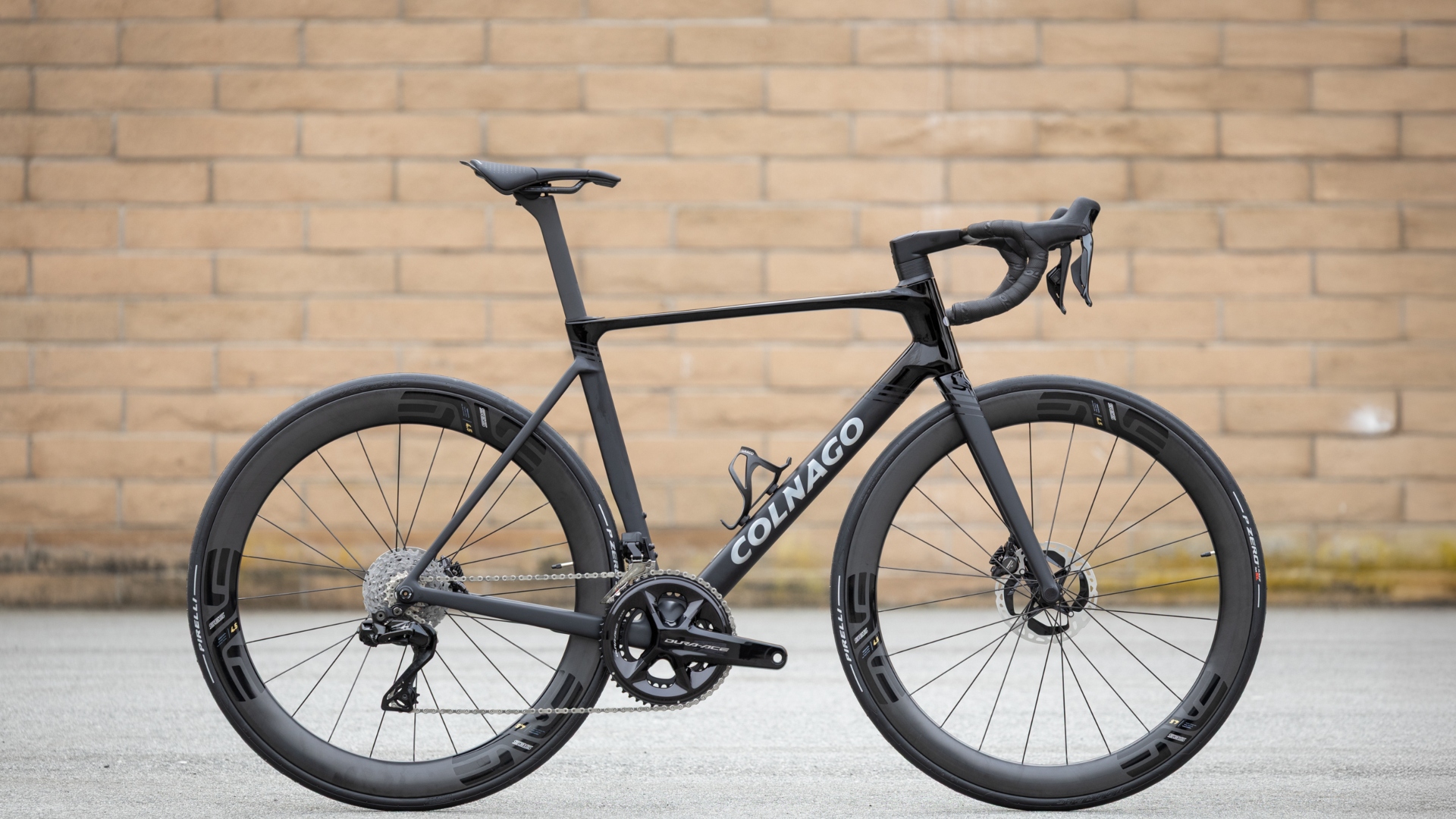What's your water bottle made of? Stanley tumblers aren't the only water bottles containing lead
We did the research on popular water bottle brands frequently found on cyclists’ bikes so you don’t have to


Although they definitely wouldn’t fit into a standard water bottle cage, the uber-popular Stanley thermoses are hard to miss at your local café or mid-ride watering hole, cradled in the hands of casual coffee shop-goers who are willing to shell out nearly $50 for one.
Cyclists are known to spend a hefty dollar on riding gear, though, so maybe we shouldn’t judge.
What we should judge is the fact that Stanley is now involved in a class-action lawsuit regarding the presence of lead in its famous tumblers.
According to the Stanley brand, lead is one chemical used in the vacuum-sealed insulation at the base of the tumblers. However, “once sealed, this area is covered with a durable stainless steel layer, making it inaccessible to consumers. Rest assured that no lead is present on the surface of any Stanley product that comes into contact with the consumer nor the contents of the product.”
Still, a class-action lawsuit has been filed against Stanley for claiming their products are safe while knowingly including lead in the tumblers.
The Mayo Clinic says that lead poisoning can happen over months or years, and results in symptoms such as irritability, sluggishness, vomiting, constipation, hearing loss and seizures.
The Stanley situation has resulted in athletes questioning what chemicals are hiding in their water bottles, and if there is cause for concern about traces of lead or other dangers in what we drink out of on long rides.
Get The Leadout Newsletter
The latest race content, interviews, features, reviews and expert buying guides, direct to your inbox!
We did the research on popular water bottle brands frequently found in cyclists’ water bottle cages so you don’t have to.

- Bivo water bottles, which were designed by a NASA engineer and are fully-recyclable, released a statement last month sharing that their bottles contain no lead, BPA, phthalates, heavy metals or PFAS (forever chemicals).
- Hydro Flask discovered in 2012 that the industry-standard for vacuum sealing involved lead, and the company created an alternative sealing process for vacuum insulated bottles. Today, Hydro Flask bottles are lead-free.
- Polar Bottle, which both sources its materials and manufactures its products in the U.S., shared with Cycling Weekly that its products are indeed lead-free. Its bottles are also BPA- and phthalate-free, with the insulated inner and outer layers and cap constructed out of low-density polyethylene (a lead-free plastic) and the valve out of TPU, another type of lead-free plastic.
- Purist by Specialized water bottles are incredibly popular and frequently handed out at events as a free keepsake - you likely have a Purist bottle in your cupboard, even if you don’t realize it. Purist products are lead- and BPA-free and made from 100% FDA food-grade materials. They're printed with a UV-cured non-solvent base and CPSC-approved ink and materials. CPSC-approved means that the U.S. Consumer Product Safety Commission, a government organization, has tested the materials for lead and approved them for sale to consumers.
- Tacx, another popular bottle manufacturer, makes its eco bottles from 100% BPA-free biodegradable polypropylene and will, with the correct conditions, fully decompose in 1-5 years.
- Elite lists its bottles’ components in its Code of Ethics and says that it makes its bottles using “bioplastics from sugar cane, which includes no component of [carbon or petroleum].” Its bottles’ raw materials come from “vegetable origin.” There is no outright statement on lead from the company, however.
- CamelBak says that “no CamelBak-manufactured bottles have lead components that would come into contact with a liquid, or with a product user. Some bottles have a solder point on an exterior wall and that solder does contain lead, but the solder is enclosed under a protective cover and is inaccessible by design.” The brand says that the “only way” this solder would become accessible would be if a product user intentionally destructed the product. CamelBak notes that it has gone through “rigorous testing” and its steel vessel, paint and plastic cap - the parts of their products that come into contact with customers - show no signs of lead detection.

CamelBak appears to be the only brand on this list that admits to the use of lead in its products, albeit in a way that should not come into contact with customers or liquids. Contact your favorite bottle company’s customer service or help site is the best way to receive up-to-date information about the materials used in their bottle manufacturing.

Thank you for reading 20 articles this month* Join now for unlimited access
Enjoy your first month for just £1 / $1 / €1
*Read 5 free articles per month without a subscription

Join now for unlimited access
Try first month for just £1 / $1 / €1

Kristin Jenny is an elite triathlete based near Boulder, Colorado. Although most of her time is spent in aerobars somewhere in the mountains, she finds time to enjoy eating decadent desserts, hiking with her husband and dog, and a good true crime podcast.
-
 'I have been ashamed for days' - Man who threw bottle at Mathieu van der Poel at Paris-Roubaix apologises
'I have been ashamed for days' - Man who threw bottle at Mathieu van der Poel at Paris-Roubaix apologisesIn a letter to Belgian newspaper Het Laatste Nieuws, the assailant apologised for his action on Sunday
By Adam Becket
-
 Meet Tadej Pogačar's new weapon: Colnago’s lightest frame ever — the all-new V5Rs
Meet Tadej Pogačar's new weapon: Colnago’s lightest frame ever — the all-new V5RsParis-Roubaix was the last hoorah on Colnago’s winnigest bike, the V4RS. Enter the new V5Rs, to be raced from the Amstel Gold Race onward
By Anne-Marije Rook